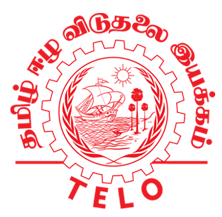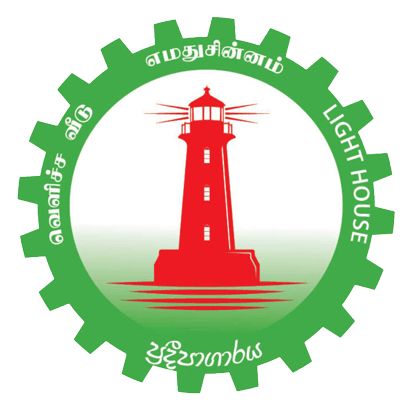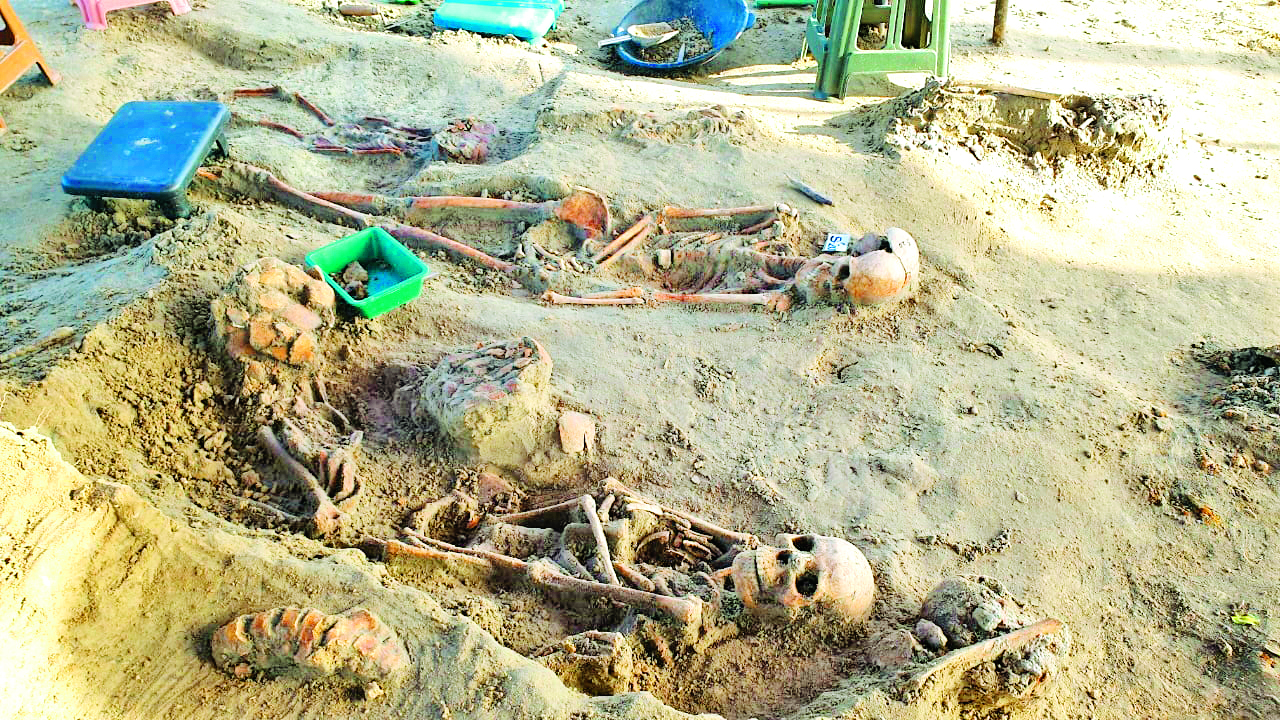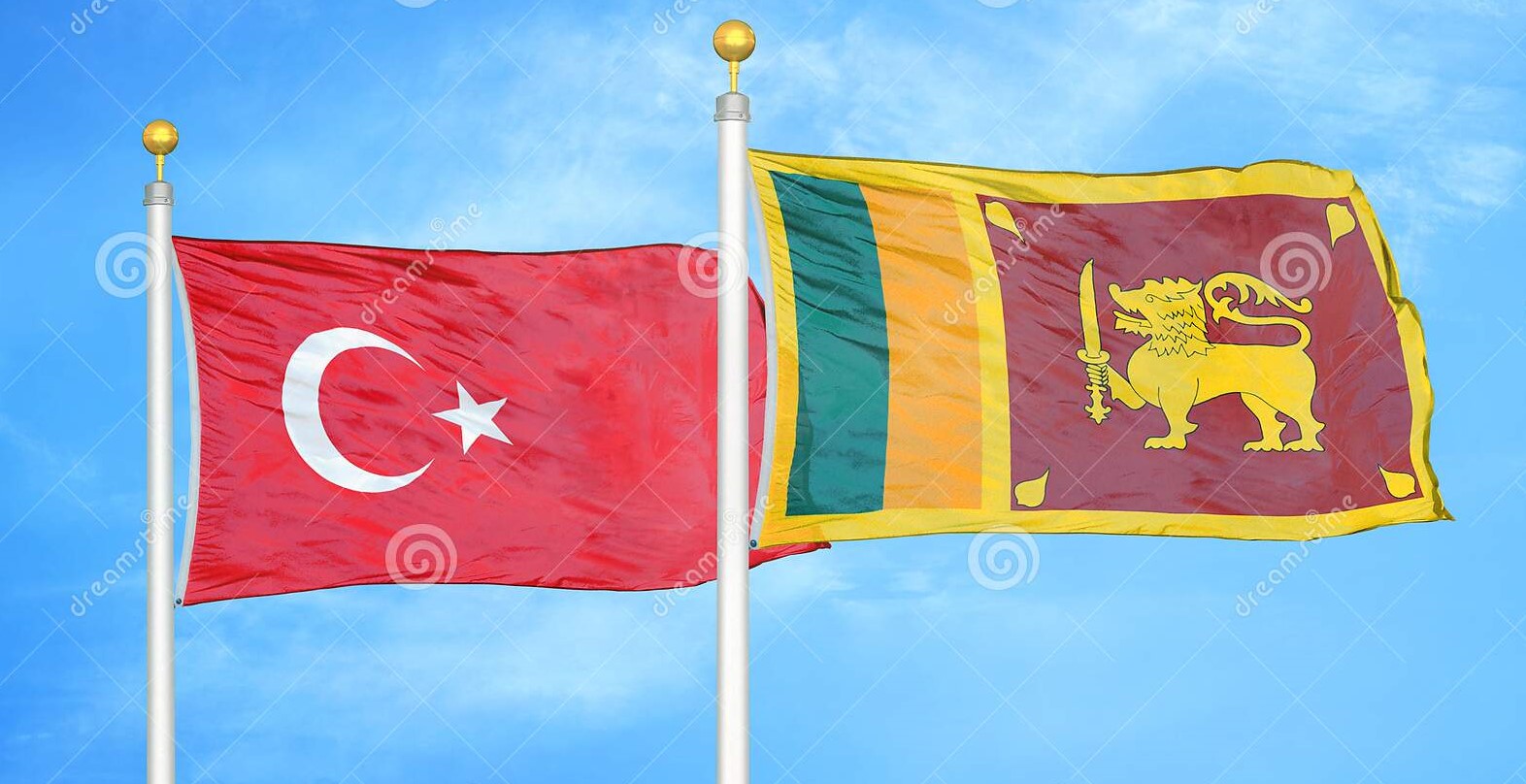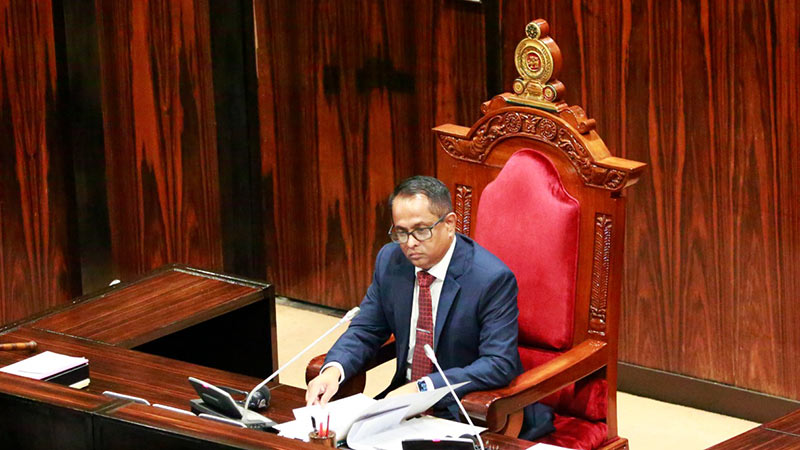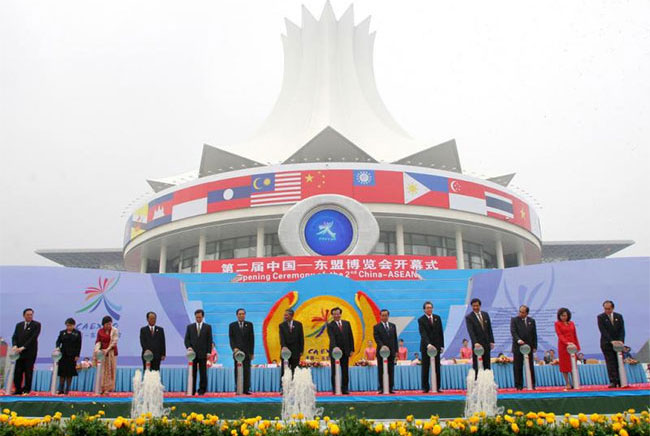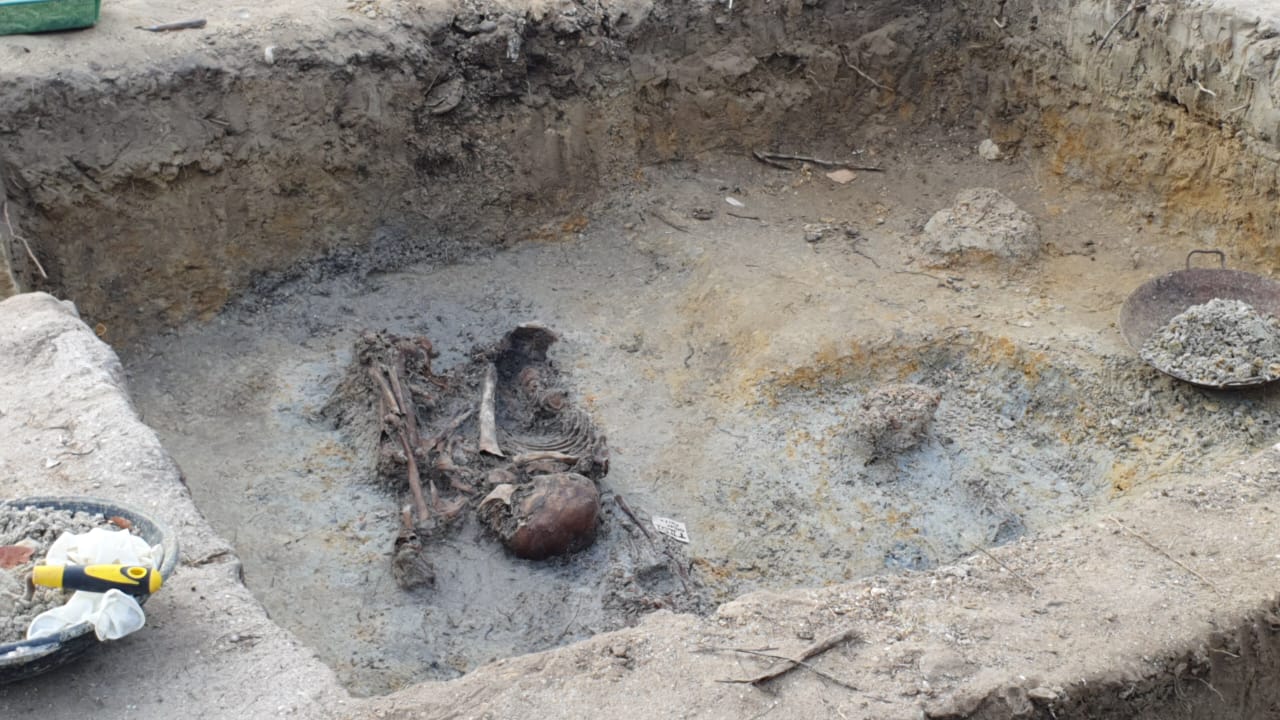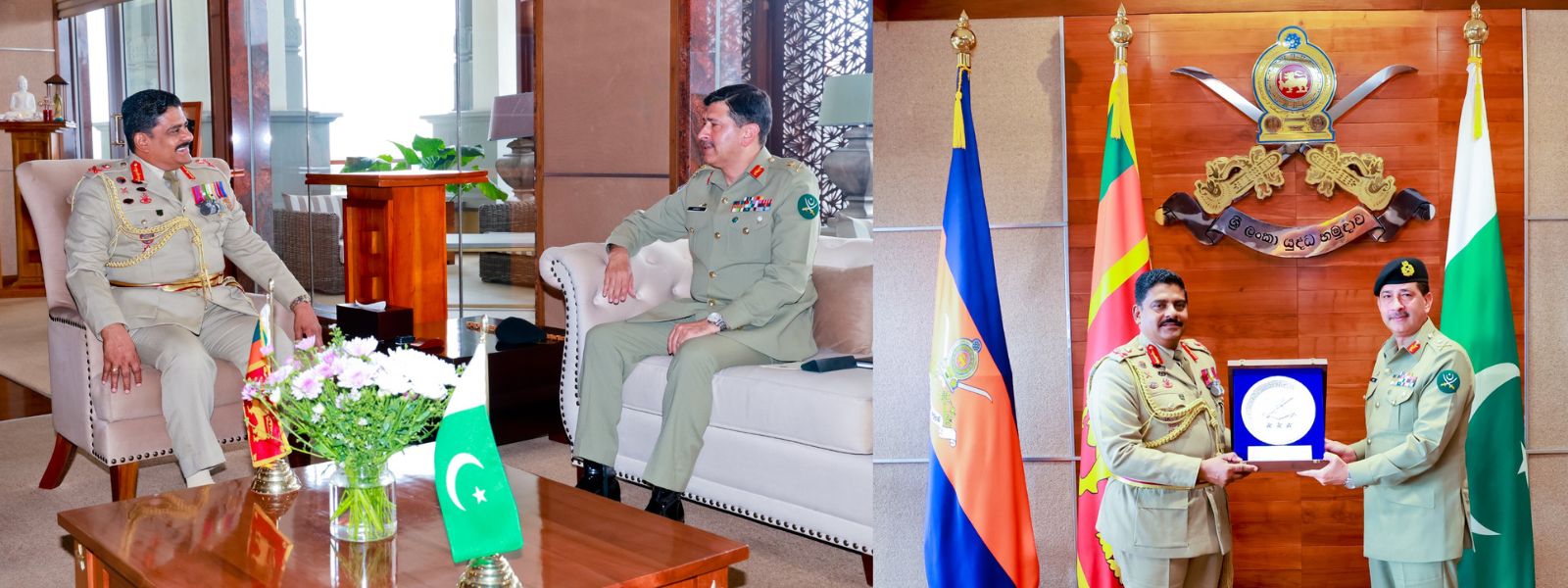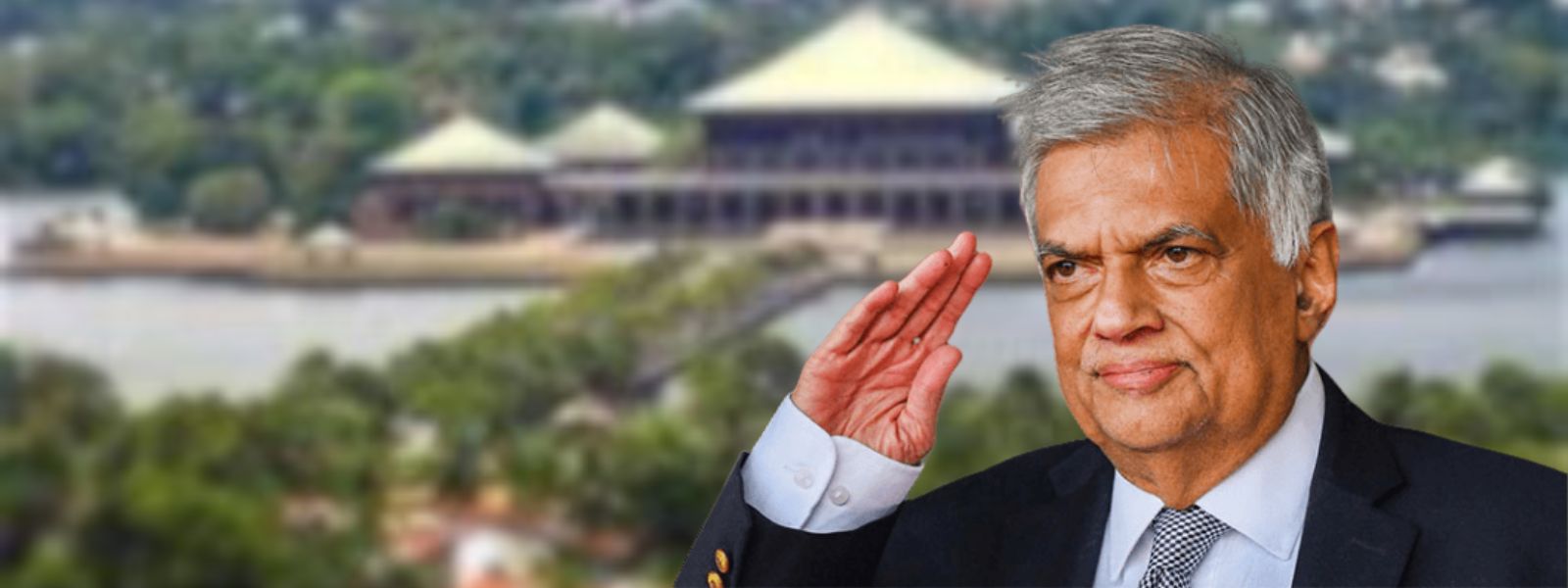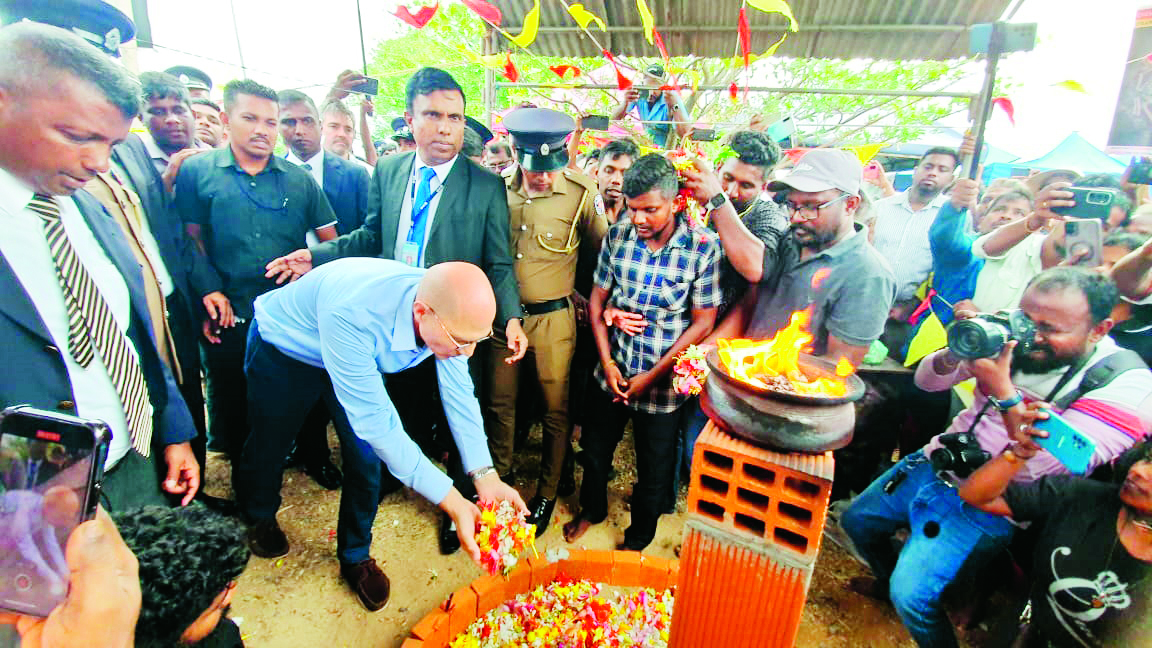Several mass graves have been discovered in our land. All of them allegedly linked to rogue elements within the police and armed forces of the state. The victims — as always civilians- come from both majority and minority communities and range from women and children to the old and the infirm.
The victims of these mass killings, be they in mass graves at Sooriyakanda or Chemmani, were tortured sometimes for days to months on end, subsequently killed and unceremoniously dumped into pits which turned into the sites now being excavated as mass graves.
This is not something new. Many heard screams of the tortured, but were afraid to speak for fear of repercussions. We all witnessed the protests of mothers, wives and relatives of the disappeared. Journalists Prageeth Eknaligoda, Sivaram and Richard de Zoysa are classic examples. The late Richard’s mother identified one of his abductors, a senior police officer.
With the killers still roaming free, the culture of impunity within the forces and their political backers continued to grow. Soon it led to mass killings and dumping of large numbers of persons killed. Even members of the clergy who should have demanded justice for the victims sought to protect murderers under a cloak of patriotism and damned those who demanded justice as being unpatriotic.
Is it any wonder today that a vast majority of people refuse to co-operate or complain of nefarious deeds committed by members of the police, armed services and their political backers.
This year saw a shift from past practice. The current president initially said he would not participate in a ceremony commemorating a ‘War Heroes Memorial’ function. Sadly, socio-political pressure proved too much for him and the nation saw him participate in the ceremony.
The president’s capitulation brought to mind memories of an earlier premier who tore up a pact with Tamil leaders of the day which could well have prevented the three-decade ethnic war from ever happening. In the end, that premier fell victim to an assassin’s bullet by the very forces he was trying to appease.
A number of our political leaders have been closely linked to one or the other of these extra-judicial killings associated with the military and/or the police. Some of the mass graves were identified as far back as 1994 and excavations were conducted. But as in the case of the late Richard de Zoysa, the killers still roam free.
We hold no brief for blood-stained insurgents like Prabakaran or Wijeweera. But they too, were victims of extra judicial killings. Both were killed in cold blood with no recourse to the systems of justice. What difference whether the killer dons a uniform or is a paid mercenary?
The question which arises is, why are we as a people not concerned that the perpetrators of these crimes have not been prosecuted and brought to justice?
Our present president, whose Constitutional duty it is to protect and defend the rights of citizens, freed the systems of justice to inquire into the alleged mass graves at Chemmani. Excavations have revealed the remains of young children at this grave site. The problem is whether vested politico-religious interests will permit him to continue in his bid to implement justice.
Over the weekend we witnessed a protest against the excavation of the Chemmani graves opposite the UN headquarters in Colombo. Why are some among us against bringing to book rogue elements responsible for such crimes? These rogue elements are responsible for unlawful killings of Sinhalese, Tamils and Muslims irrespective of race, religion or ethnicity.
We need to applaud efforts of the present regime to bring to book these killers. We need to restore the faith of our people in the forces of law and order.
As Jerome A. Millers ays in his ‘Blood of Abel’ injustice does not just taint the past; it has the capacity to ruin the future.
We trust our present leaders will not succumb to pressure, but will continue their efforts to bring justice not only to the victims at Chemmani but other victims around the country.
